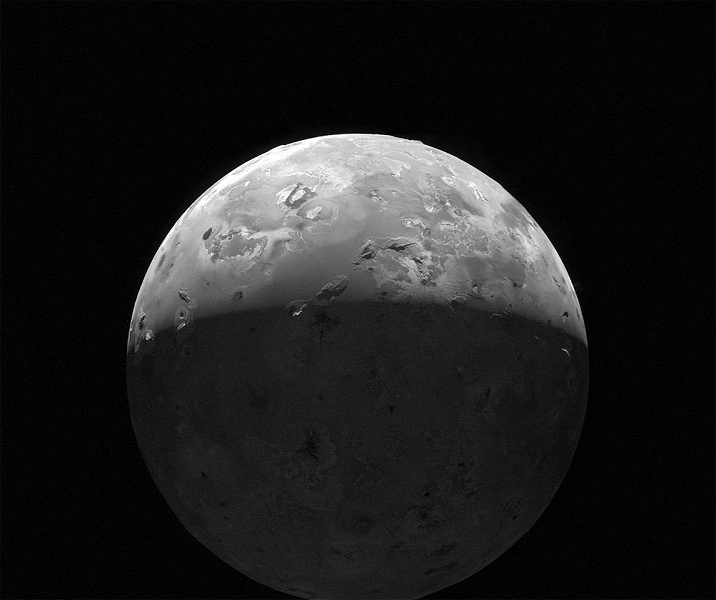The mysteries of Jupiter's volcanic moon become clearer
The Juno spacecraft continues to reveal interesting facts about Jupiter and its moon system since its launch on July 4, 2016. At the moment «Juno» is the first robotic mission to explore Jupiter up close since the Galileo spacecraft, which explored the gas giant and its moons between 1995 and 2003. «Juno» also became the first spacecraft to penetrate beneath Jupiter's thick clouds to study the planet's magnetic field, composition and structure. The data obtained help scientists answer questions about the origin of Jupiter and the evolution of the Solar System.
From 2021 «Juno» is in an extended phase of its mission, studying several of Jupiter's largest moons, including Ganymede, Europa and Io. During flights past these satellites, «Juno» took some breathtaking photos with my main tool — JunoCam.
February 3, 2024 «Juno» conducted another close flyby of Io and obtained even more spectacular photographs of the volcanic moon and its surface. This — the second part of a double flyby aimed at obtaining new data on Io's volcanic activity and its structure.
The previous flyby occurred on December 30, 2023 and, like the last one, passed at a distance of 1500 kilometers from the surface of Io. These two flybys became the closest to Io, updating the record set by «Juno» in October 2023, when the probe was at a minimum distance of 12,000 kilometers from the satellite. No other mission has come this close to Io since Galileo. studied this volcanic moon more than twenty years ago.
Images taken during the flybys are already available on the mission's website (SwRI). One of the processed images obtained by citizen scientist Emma Valimäki shows that Io's dark side was illuminated by sunlight reflected from Jupiter — this phenomenon is known as the «Jovian aurora». Other images provided by Juno include many infrared images showing active volcanoes and even eruptions on the moon's dark side.
These images are part of a study being conducted by scientists to determine whether Io has active volcanoes fueled by magma located beneath its surface. Based on existing models, scientists believe the phenomenon is due to tidal phenomena within Io caused by its interaction with Jupiter's strong gravitational field. This is similar to what scientists believe occurs on Europa and other icy moons, where tides generate hydrothermal activity at the mantle-core interface, supporting liquid oceans of water within them.
At the moment, the mission of «Juno» has been going on for twelve years and five months. According to the extended mission plan, the probe will continue to circle Jupiter from pole to pole until September 2025, although this period may be extended. Thanks to solar panels — the largest on a space probe ever launched, — that provide electrical power, the mission will continue to explore the system and help scientists address fundamental questions about the origins of Jupiter and its moons.

